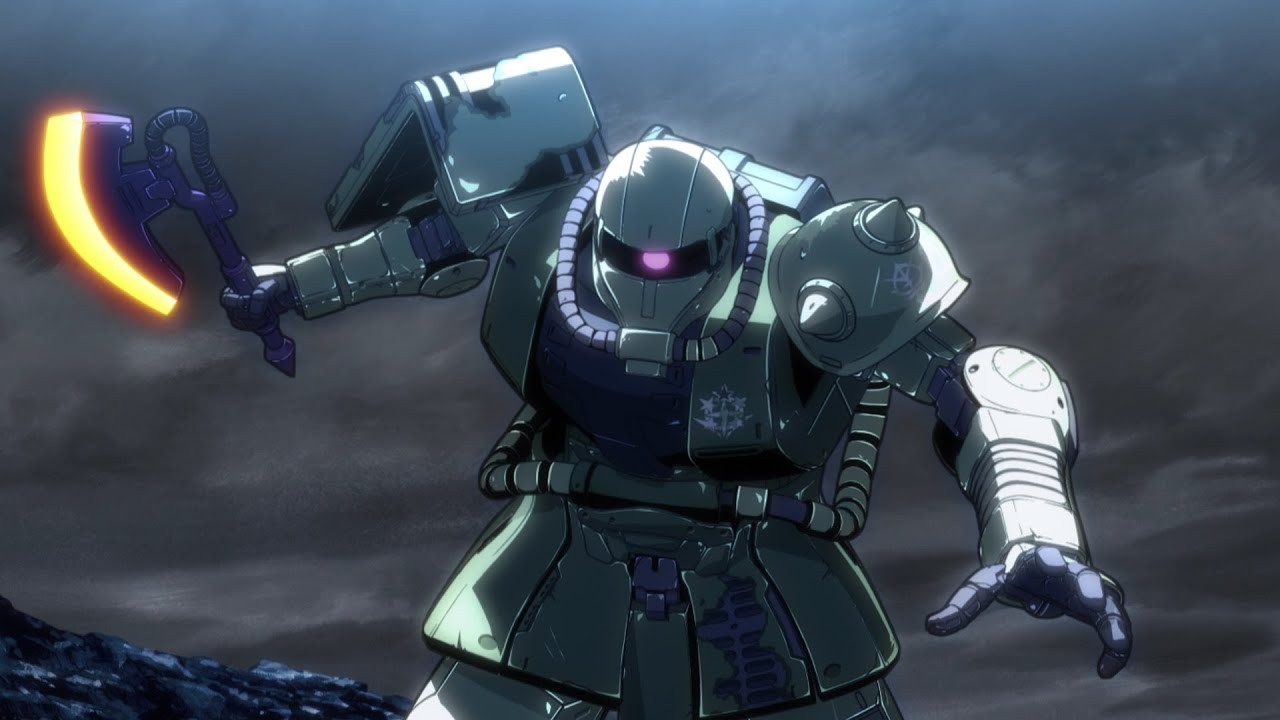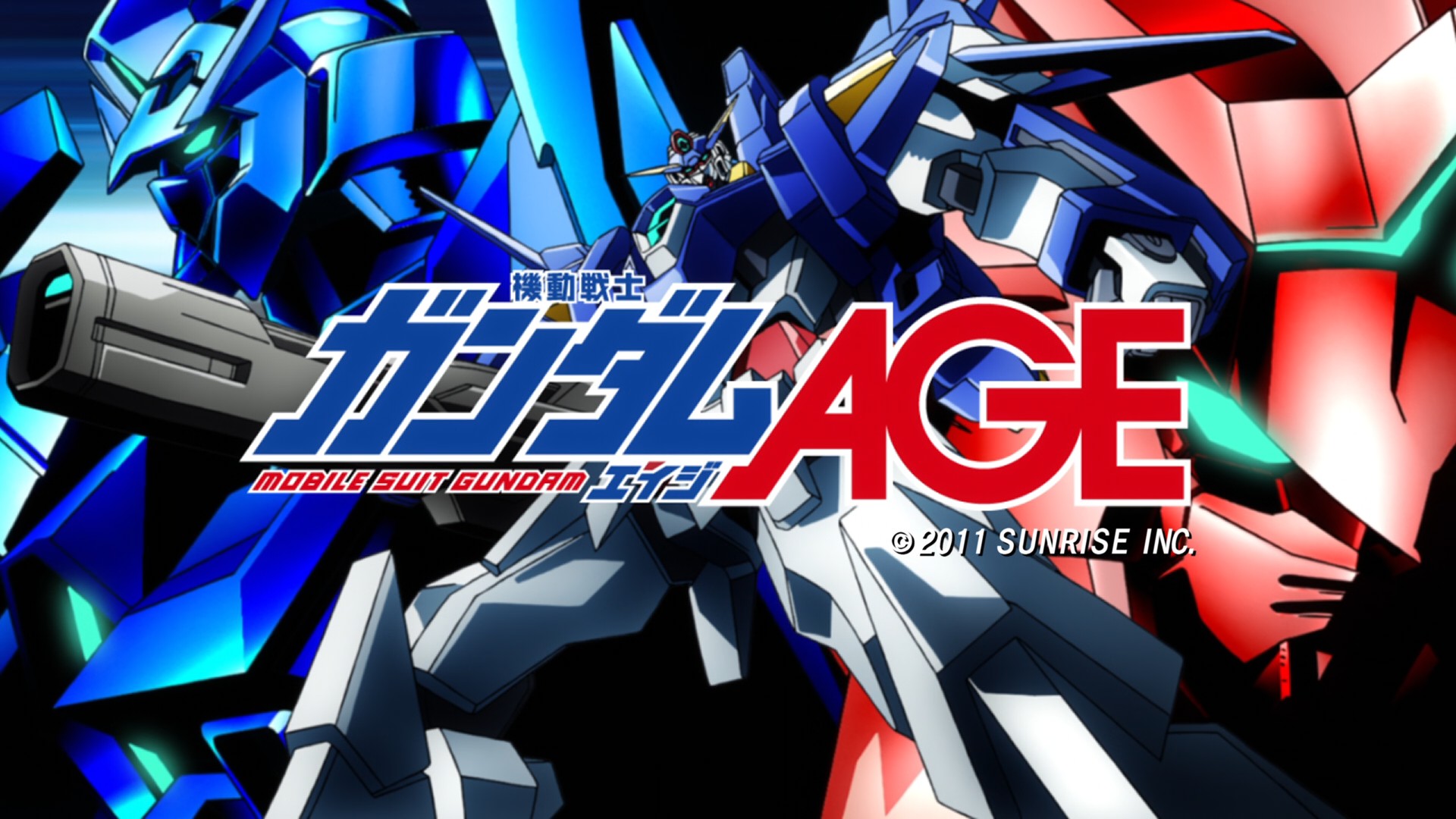
Mecha Profile: MiG-23 Cheburashka – Muv-Luv Alternative
Even with the F-4R and Mig-21 Balalaika, the Soviet Army was still being pushed back by the BETA. As the previous TSF were heavily based on U.S design philosophy, it didn’t really comply to Soviet’s idea. Hence the Soviet Design Bureau – Mikoyam Guluvich – started developing an actual purely domestic TSF – the MiG-23 Cheburashka – which also sparked the independent TSF development process in the Soviet Union.

I. Development History:
– In 1980, Mikoyam Guluvich introduced the MiG-23 into the Soviet Union army – as the first attempt to create a purely domestic TSF. As the F-4R and MiG-21 are essentially products of the U.S (Mig-21 are full conversion of the F-4R), the Soviet Union wanted to create a better unit for the BETA war.
– During the selection process, Sufoni’s Su-15 – successor to the Su-11 – was defeated during the mass production trial stages by Mikoyam Guluvich’s MiG-23. The Cheburashka entered service in 1980 and was eventually succeeded by the MiG-27 Aligatori and MiG-25 Spirt-Voz. During its initial deployment stages, it boasted an ambitious claim of higher performance of close-combat capabilities compared to the MiG-21, unfortunately, its difficulty to remain combat readiness backfired and turned it into a nuisance, unnecessarily occupying hangar slots.
– As the Soviet Union didn’t have enough personnel or facilities to accommodate the craft’s complex maintenance requirements, ultimately, it was recalled so Mikoyam could streamline the maintenance routine to be more suitable on the frontline as well as perform makeshift refurbishments. From that point on, the MiG-23 was mainly used as export crafts to spread Soviet influence to other nations.
– Even though the Cheburashka was entirely manufactured in the Soviet, it used many of US technology. This bring the unit up to quasi-2nd generation specifications. Even with the lower maintainability and operational uptime of the unit compared to the MiG-21, the MiG-23 saw many deployments to Europe, African and Asian battlefields. Notable squadrons using the TSF is the Wehrwolf Battalion of East Germany’s Stasi organization.
– From 1999, the MiG-23 was slowly retired and replaced by Su-27 Zhuravlik and Su-37 Terminator. However, Mikoyam still continued developing upgrade kits for foreign export purpose. Furthermore, western arms manufacturers have proposed modernization plans to African countries that operate the MiG-23.
– In 1980, Mikoyam Guluvich introduced the MiG-23 into the Soviet Union army – as the first attempt to create a purely domestic TSF. As the F-4R and MiG-21 are essentially products of the U.S (Mig-21 are full conversion of the F-4R), the Soviet Union wanted to create a better unit for the BETA war.
– During the selection process, Sufoni’s Su-15 – successor to the Su-11 – was defeated during the mass production trial stages by Mikoyam Guluvich’s MiG-23. The Cheburashka entered service in 1980 and was eventually succeeded by the MiG-27 Aligatori and MiG-25 Spirt-Voz. During its initial deployment stages, it boasted an ambitious claim of higher performance of close-combat capabilities compared to the MiG-21, unfortunately, its difficulty to remain combat readiness backfired and turned it into a nuisance, unnecessarily occupying hangar slots.
– As the Soviet Union didn’t have enough personnel or facilities to accommodate the craft’s complex maintenance requirements, ultimately, it was recalled so Mikoyam could streamline the maintenance routine to be more suitable on the frontline as well as perform makeshift refurbishments. From that point on, the MiG-23 was mainly used as export crafts to spread Soviet influence to other nations.
– Even though the Cheburashka was entirely manufactured in the Soviet, it used many of US technology. This bring the unit up to quasi-2nd generation specifications. Even with the lower maintainability and operational uptime of the unit compared to the MiG-21, the MiG-23 saw many deployments to Europe, African and Asian battlefields. Notable squadrons using the TSF is the Wehrwolf Battalion of East Germany’s Stasi organization.
– From 1999, the MiG-23 was slowly retired and replaced by Su-27 Zhuravlik and Su-37 Terminator. However, Mikoyam still continued developing upgrade kits for foreign export purpose. Furthermore, western arms manufacturers have proposed modernization plans to African countries that operate the MiG-23.

II. Technical Specs & Armaments:
– The Cheburashka stands at 17.6-meter, utilizing two K-35-300 Jump Units. The control block (cockpit) is a licensed production from Markin Berger (a U.S company that specializes in TSF control pod and training pod). The design of the MiG-23 is slightly similar to the F-5 Freedom Fighter – one of U.S’ most exported TSF during the time to solve the TSF shortage issue.
– Due to being developed from the MiG-21, its basic structure such as airframe and layout are somewhat similar to the F-4 lineage. However, it also introduced several design elements of the F-5, which give the TSF an impression of a one-size larger F-5. Due to incorporating new design elements, the close-quarters dogfighting capabilities of the unit was enhanced significantly. Thanks to reducing the components’ weight and adding a variable-wing mechanism on the Jump Unit’s aileron, the Cheburashka reached quasi-2nd generation capabilities – which suit the requirement for BETA close-combat in the Eurofront.
– The MiG-23 is equipped with the standard WS-16 Autocannon and the DS-3 Multi-purpose Supplemental Armor. It can also equip the Type-77 Battle Halberd. The WS-16 Autocannon uses the standard 36mm shell and 120mm smoothbore attachment. The DS-3 Armor is a staple equipment on the frontline for the Soviet Union. The shield-like equipment feature explosive reactive plates, which can be used to slam the BETA or protect against brief laser strikes. Super Carbon Blades are also present on the sides and tips that allow for physical strike using the armor. However, after the reactive plates are expended, the defensive power will be reduced drastically.
– The Cheburashka also bring over elements of the Balalaika – such as the forearm knife-sheath and wire-cutter on the forehead – which later became standard design choice for Mikoyam Guluvich’s TSF. Even though its combat abilities are much higher than the Balaika, the MiG-23 didn’t stay in service for long due to its low rate of operational readiness that made it unpopular with surface pilots. Which lead to its replacement by the MiG-27. However, one ambitious feature of the unit is the inclusion of the variable-sweep wing config on the Jump Units (which was derived from European manufacturer Palavia Industrial’s design), which allows for high-speed flight but also increases fuel consumption and decrease combat time.
III. Variation:
– MiG-23 Cheburashka: The first purely domestic TSF by the Soviet Union. It boast high mobility and close-combat capabilities but low maintainability and operational uptime, making it unpopular for frontline Surface Pilots.
– MiG-23MLD Cheburashka: A hastily modified upgrade of the original MiG-23. This version was offered to Asian and African countries to maintain political influence.
– MiG-23 Cheburashka Zwei: A MiG-23 installed with a MiG-21PF head. A one-off version used by Theodore Eberbach of the Schwarzesmarken Squadron.
IV. Trivia:
– The real life MiG-23 doesn’t have the name “Cheburashka”. Its official NATO reporting name is Floggers.
– The name “Cheburashka” is a reference to a character with the same name in a Soviet children’s cartoon. The character is a clumsy and slow, which reflect the TSF’s deployment rate in the Soviet Union. The name was used in a sarcastic manner since the soldiers cannot outright criticize a unit given to them by the Party.
– The MiG-23 was utilized to a high-degree by the East German’s army, so much so that the Soviet Union suspected East Germany has modified the unit and reimported it to dismantle and investigate it.
– Even though its homeland reputation is poor, the MiG-23 was popular in foreign nations. especially East Germany.
– MiG-23MLD Cheburashka: A hastily modified upgrade of the original MiG-23. This version was offered to Asian and African countries to maintain political influence.
– MiG-23 Cheburashka Zwei: A MiG-23 installed with a MiG-21PF head. A one-off version used by Theodore Eberbach of the Schwarzesmarken Squadron.
IV. Trivia:
– The real life MiG-23 doesn’t have the name “Cheburashka”. Its official NATO reporting name is Floggers.
– The name “Cheburashka” is a reference to a character with the same name in a Soviet children’s cartoon. The character is a clumsy and slow, which reflect the TSF’s deployment rate in the Soviet Union. The name was used in a sarcastic manner since the soldiers cannot outright criticize a unit given to them by the Party.
– The MiG-23 was utilized to a high-degree by the East German’s army, so much so that the Soviet Union suspected East Germany has modified the unit and reimported it to dismantle and investigate it.
– Even though its homeland reputation is poor, the MiG-23 was popular in foreign nations. especially East Germany.
V. Gallery:









Mecha Profile: Gundam ZZ – ZZ Gundam
Power overwhelming! One of the main Gundam with the highest firepower pre CCA. The ZZ Gundam is an all-in-one combiner that was pivotal in the war against the Neo Zeon.

Mecha Profile: Gundam 0079 – MS-06 Zaku II
The backbone of the Principality of Zeon in the One Year War. The Zaku is not a super prototype, but its reliable performance has brought Zeon many victories – especially when Char Aznable pilot it.

Mecha Profile: MS Gundam Zeta – PMX-003 The O
One of the most chonky bois to ever appear on screen. Piloted by the nefarious Scirocco, The-O is an impressive MS that is more agile than it looks.

Mecha Profile: Gundam Age – Gundam AGE-FX
The ultimate evolution of the Age Gundams. The Age-FX can bring an X-Rounder’s ability to their maximum potential, featuring funnels that can wipe out fleets of enemy.

Mecha Profile: MS Gundam Zeta – MSZ-006 Zeta Gundam
The first transformable Gundam in the franchise. The Zeta Gundam is an iconic mobile suit that paved the way for many Gundams that come after.

Mecha Profile: Gundam Age – Gundam AGE-3
Another change in generation – the Age-3 Gundam continues to be the Asuno family’s ace in the hole, sporting all new gimmick and superior firepower.

Mecha Profile: Gundam 0079 – RX-78-2 Gundam
The grandfather of all Gundams – the RX078-2 is a super prototype that paved the way for the Federation’s victory. It is both feared and revered by all.

Mecha Profile: Gundam Age – Gundam AGE-2
The 2nd generation Gundam, the Age-2 is a straight upgrade with a heavy focus on high mobility and great firepower. A vital element in the war between the Federation and the Vagan.

Mecha Profile: Gundam Age – Gundam AGE-1
The first generation Gundam of the Advance Generation, the Age-1 Gundam is Flit Asuno’s most trusted partner and has served him for decades.

Mecha Profile: Aquarion Mars – Sousei no Aquarion
The swordsman of power – Aquarion Mars is the 3rd form of the triple-changer super robot. It is an elegant and agile knight excel in close combat using its sword.

Mecha Profile: Aquarion Luna – Sousei no Aquarion
Armed with the bow and arrow of the Moon, the Luna Aquarion is the 2nd form of the Mechanical Angel, focusing on ranged attack with deadly precision and elegance.

Mecha Profile: Solar Aquarion – Sousei no Aquarion
The shining wings of the Sun – the Solar Aquarion is a mechanical angel that stood on humanity’s side. Its infinite fist can reach the sky and..well…literally anything.

Mecha Profile: Megaton-Class Rogue Musashi-O – Megaton-kyuu Musashi
A twin unit of the Musashi, the Musashi-O is an experienced combat machine that helped Arshem to achieve her goal. A Megaton-class with a Megaton sass.

Mecha Profile: Megaton-Class Rogue Sparkman/Sparkman Wave – Megaton-kyuu Musashi
Carrying the weight of both worlds in his arms, Teru set out to protect the world where his loved one lives. He heads to battle in an electrifying Megaton-class: the Sparkman.

Mecha Profile: Megaton-Class Rogue Gaudia/Gaudia Armored – Megaton-kyuu Musashi
Power overwhelming. The tanky brawler from the hood is here to protect! Ryugo Hijikata – a rough but kind-hearted boy – pilot his Megaton-class into battle – the Gaudia.




